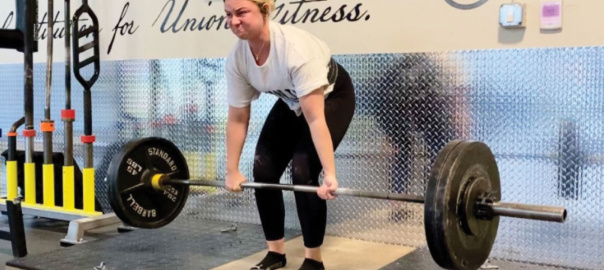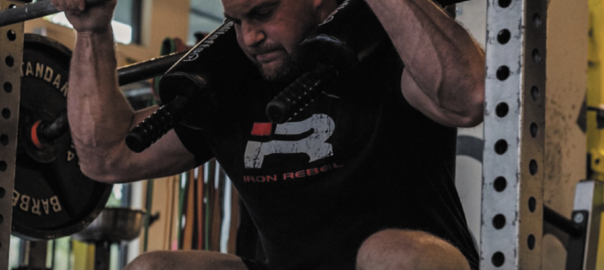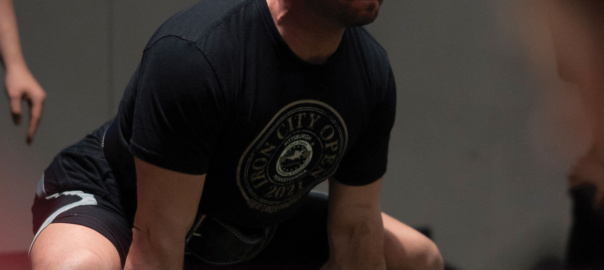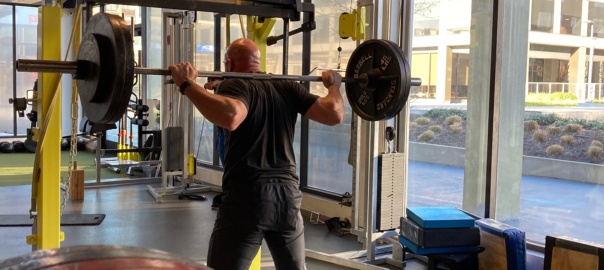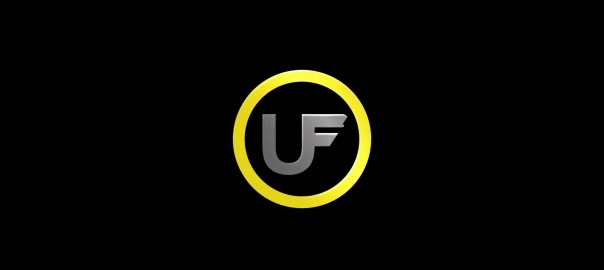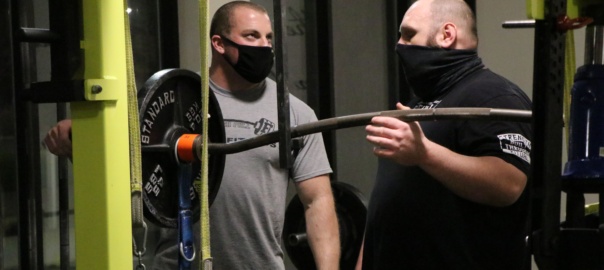My powerlifting journey started about 3 months ago (something I never thought I’d be saying). I’ve pretty much trained like a body builder ever since I seriously got into weightlifting about 4 years ago. It wasn’t until this year, 4 months ago, that I wasn’t finding joy in my workouts, and I decided something had to change. I decided to start training full body and focus a little more heavily on gaining strength through my main lifts: squat, bench, deadlift (but mainly bench and deadlift because I hate squatting lol).
As I was writing up a new program for myself, I asked Curtis for his input. As we all know he’s full of knowledge when it comes to powerlifting, technique, and so much more. From there, I asked if he could watch and critique my bench because at the time, I felt like I was having trouble making progress. During this session, he told me to correct one thing and IT LITERALLY CHANGED EVERYTHING. This is what he said, “as you press the bar off your chest, push backward into the bench and act like you’re trying to push your toes out of your socks.” At first I was a little bit confused and as I tried to replicate that in the next couple reps it was a little weird. Then it clicked for me.
The next couple weeks of training were mind blowing! I remember the week after I was benching and hit 100lbs for 8 reps (something I’ve never come close to). I ran into the office and said, “CURTIS THANK YOU SO MUCH!!!” It’s crazy that all I had to do was use my legs to drive myself back into the bench in the concentric portion of my bench. Like why didn’t I think of that??
For the next month, I focused on that leg drive, worked on pin presses, and really pushed myself to add more weight on the bar during my workouts. I tested my 1 rep max last week and successfully benched 125lbs!! After, I really started to think about how far I’ve come over the past year. A year ago, my one rep max was 75lbs, I never would’ve thought I’d be pressing 50 more pounds a year later.
Another big win I had last week when testing my maxes was my deadlift. For the most part, I’ve always enjoyed deadlifting, but I also felt like I hit a wall with making progress on them a couple months ago. When I started my new training program, I shortly realized I couldn’t keep doing what I used to if I wanted to add numbers to my deadlift. When I made the switch from body building doing 10,12,15 reps of exercises to powerlifting doing 3,4,5 reps of an exercise it was a lot harder for me to wrap my head around. I saw it as “oh well now I’m not putting in as much work as I was before because I’m doing less reps” and I would completely forget that fact that I was now lifting way heavier and therefore still putting in a substantial amount of effort and work. As soon as I was able to eliminate that voice telling me I wasn’t working hard enough is when I started working harder and pushed myself to lift heavier. I successfully deadlifted 235lbs last week when a year ago my max was probably around 170/180lbs.
Moral of the story is the littlest things can really change your life, and the sooner you can quiet those discouraging voices in your head is when you can push yourself to do things you never thought possible. Apply this to your life or to your training and just watch how far you can get.
April
